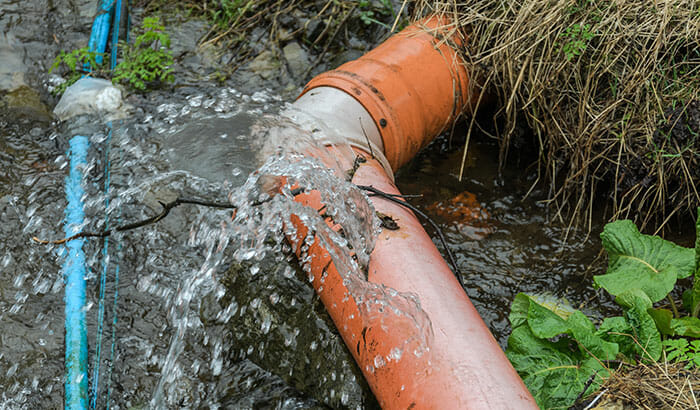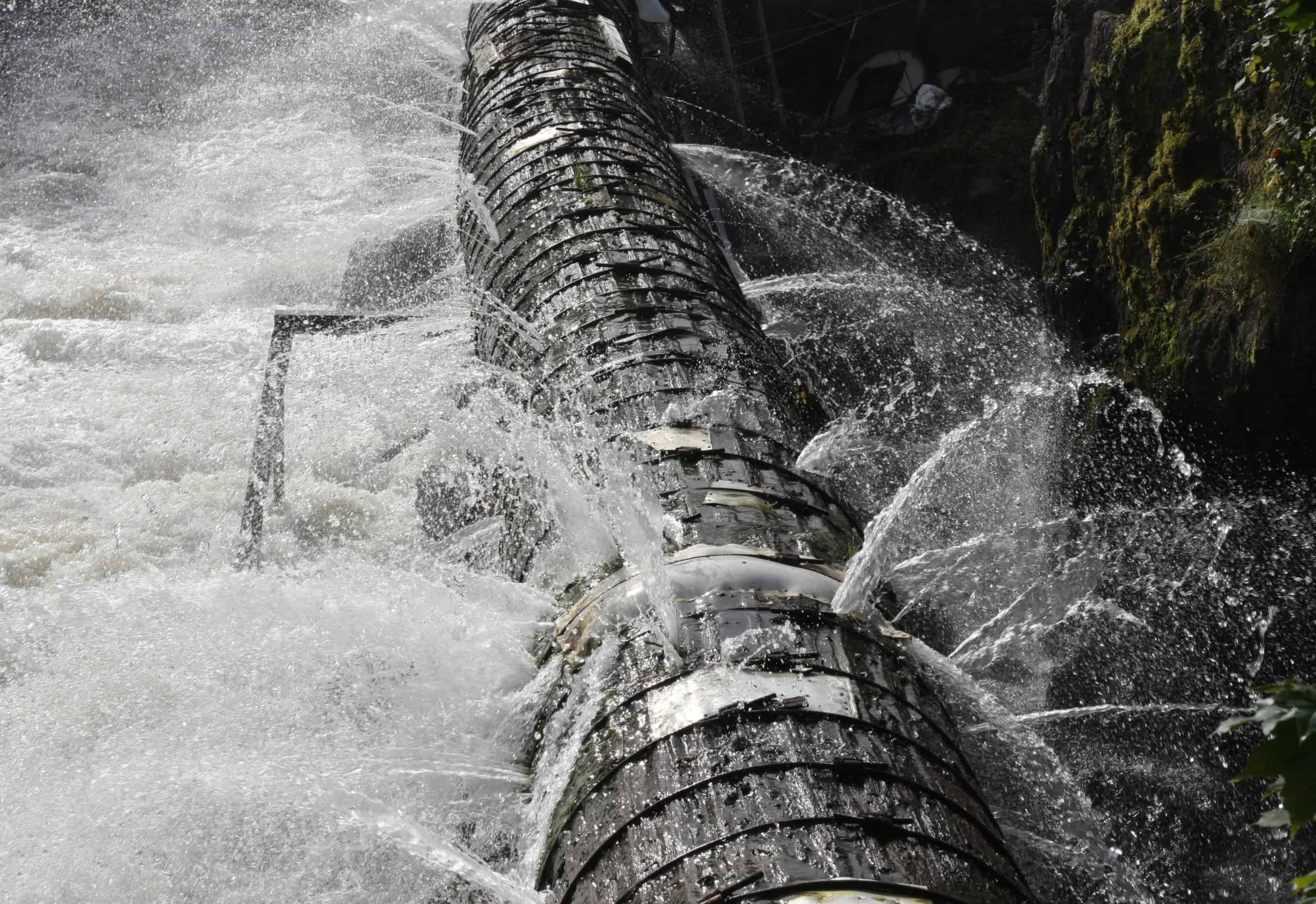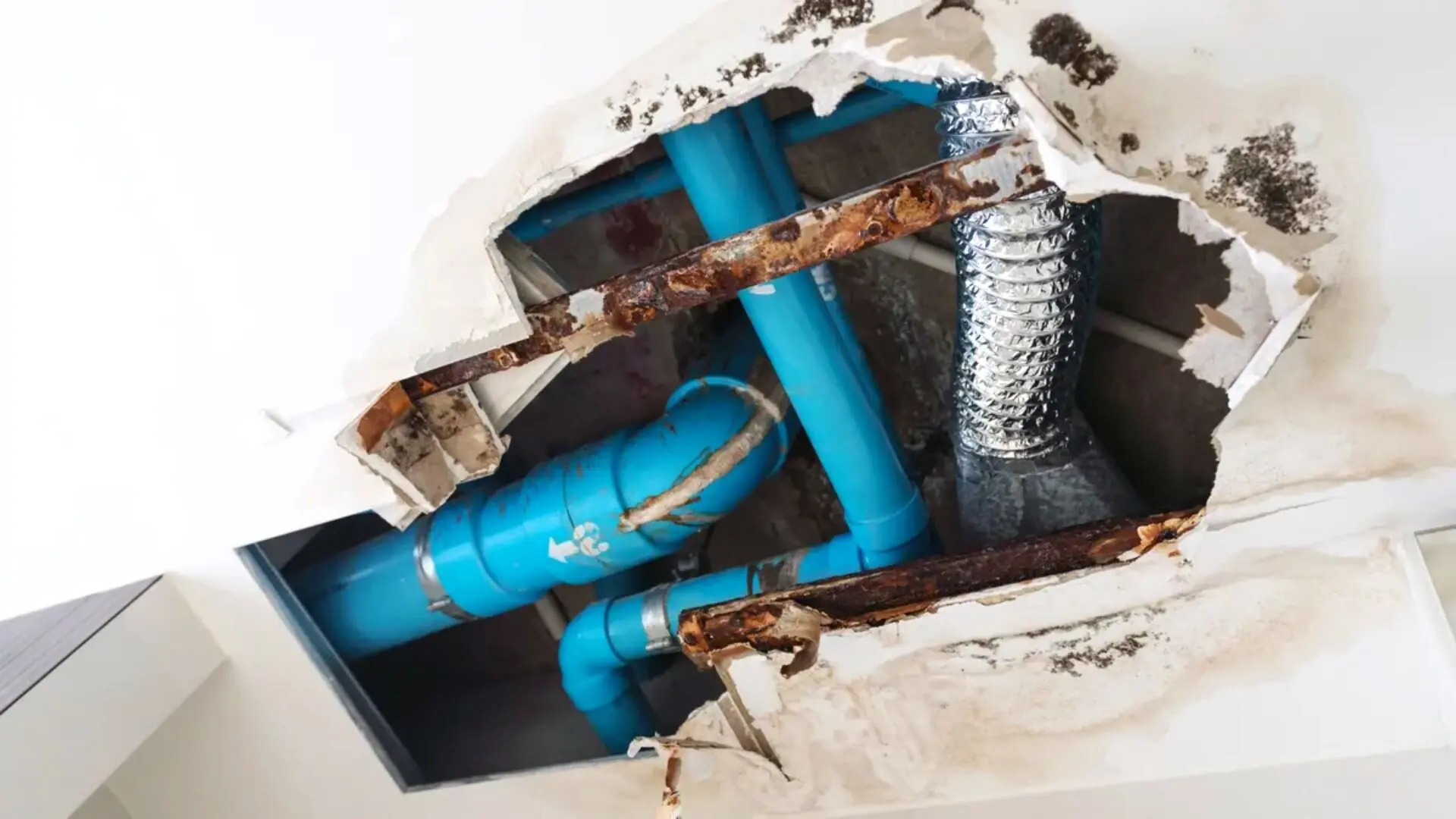Stopping Burst Piping: Vital Tips to Safeguard Your Plumbing
Preventing burst pipes is a crucial issue for homeowners, particularly throughout cooler months when the threat of freezing is heightened. Executing strategic measures such as correct insulation, regular assessments, and preserving consistent interior temperature levels can significantly reduce the probability of pipeline failing. Additionally, understanding emergency procedures gears up house owners to react promptly to prospective pipes problems. Nevertheless, numerous are unaware of the specific vulnerabilities that their pipes may encounter. Discovering these susceptabilities can offer vital insights into safeguarding your plumbing system effectively.
Understand Pipeline Vulnerabilities
Recognizing pipe susceptabilities is essential for reliable pipes maintenance and avoiding expensive damages. Several elements contribute to the sensitivity of pipes to bursts, including product structure, age, and ecological conditions. Older pipelines, specifically those made from galvanized steel or polybutylene, commonly weaken in time, resulting in raised risk of tears and leaks.
Temperature variations can additionally considerably effect pipeline integrity. In cooler climates, water trapped in pipes can freeze, expanding and applying stress on the pipe walls, which might ultimately bring about a ruptured. In addition, high water stress can stress pipes, particularly at joints and bends, enhancing the probability of failure.

Insulate Pipes Correctly
Correct insulation of pipelines is essential for preventing freezing and succeeding ruptureds during winter (burst pipe). Shielding your plumbing system properly safeguards versus temperature level drops that can result in pricey damage. Begin by determining prone locations where pipes are subjected to exterior temperatures, such as basements, attic rooms, and exterior wall surfaces
Usage foam pipeline insulation sleeves or cover insulation tape around these areas to supply a protective barrier. Guarantee that all sections of the pipes, especially those with minimal warm direct exposure, get appropriate insulation. Pay unique focus to joints and fittings, as these are extra susceptible to freezing.
When protecting, it's vital to pick materials that fulfill local building ordinance and are ideal for the specific setting. Fiberglass insulation is frequently recommended for its thermal resistance residential or commercial properties. Furthermore, take into consideration making use of warm cables or tape in extreme problems, which can be connected in to offer supplemental warmth
Frequently inspect insulated pipes for any kind of indications of wear or damage, as endangered insulation can lessen its performance. By taking these positive actions, you significantly decrease the risk of pipe ruptureds, making sure a trusted pipes system throughout the cold weather.
Maintain Consistent Temperature
A steady interior temperature is vital for avoiding burst pipelines throughout the icy months. When temperature levels decline, water within pipes can freeze, producing and broadening stress that might eventually trigger the pipelines to ruptured.Making use of a click to investigate programmable thermostat can assist take care of interior temperatures successfully, making certain that spaces with plumbing remain warm even when the home is unoccupied.
On top of that, it is sensible to enable taps to drip a little throughout extreme cold snaps. This minor flow of water can prevent freezing by easing stress within the pipes. Additionally, during especially serious weather occasions, take into consideration briefly putting on hold any kind of nighttime setbacks on your thermostat to keep a consistent warm setting. By implementing these approaches, homeowners can substantially reduce the risk of pipe bursts and secure their pipes systems against the severe winter season components.
Frequently Check Pipes
Routine inspections of plumbing systems are critical for stopping ruptured pipes and keeping total home stability. Regular checks enable house owners to identify possible issues before they rise right into pricey repair services or major water damage. Throughout these inspections, it is vital to examine noticeable pipelines for indicators of deterioration, leaks, or wear. Pay unique focus to locations susceptible to freezing, such as basements, attics, and exterior wall surfaces.
Furthermore, checking links and joints is vital, as these factors are typically at risk to leakages. House owners must also analyze water pressure levels, as extreme stress can strain the pipes system and raise the threat of pipe bursts.
Take into consideration organizing professional pipes examinations at the very least yearly, specifically before winter season, to ensure your system is prepared for colder temperatures. Normal examinations not only help in determining instant concerns however likewise foster long-lasting upkeep methods that can enhance the life expectancy of your pipes system. By being positive in your technique, you can guard your home versus the expensive and turbulent consequences of ruptured pipes. Prioritizing pipes examinations is an investment in your home's health and wellness.
Know Emergency Procedures
Understanding emergency treatments is important for every property owner, especially after conducting regular plumbing assessments. Being prepared for a plumbing emergency can significantly mitigate damage and conserve expenses.
Following, maintain important devices helpful. A pipes emergency situation package need to include a wrench, bettor, and towels, as well as a flashlight and a container for little leakages. Furthermore, consider having the call information for a relied on plumber conveniently offered, should the scenario escalate beyond your control.
If you detect a leak or burst pipeline, immediately shut off the water and notify your plumbing. Record the damage with photos for insurance policy objectives. Be aware of the signs of possible pipes problems, such as uncommon water stress fluctuations or damp spots on wall surfaces
Inevitably, proactive knowledge and speedy activity are essential in handling plumbing emergency important site situations, guaranteeing your home remains protected and lessening prospective damage.

Final Thought
In final thought, preventing ruptured pipes click now requires a diverse technique that includes understanding pipeline vulnerabilities, correct insulation, preserving constant interior temperatures, regular inspections, and knowledge of emergency situation procedures. By executing these important strategies, the threat of plumbing failings can be considerably lowered, therefore guaranteeing the durability and efficiency of the plumbing system. Proactive actions not only safeguard against potential damages yet additionally contribute to total water conservation and the defense of property.
In colder climates, water trapped in pipelines can freeze, exerting and increasing pressure on the pipeline walls, which may inevitably lead to a ruptured. When temperatures decrease, water within pipes can ice up, increasing and creating stress that might ultimately create the pipelines to ruptured. By applying these methods, property owners can dramatically lower the threat of pipe ruptureds and secure their plumbing systems against the rough winter aspects.
